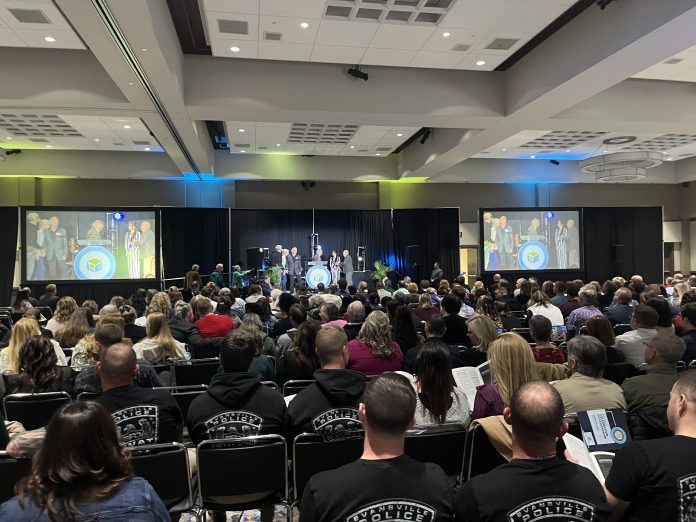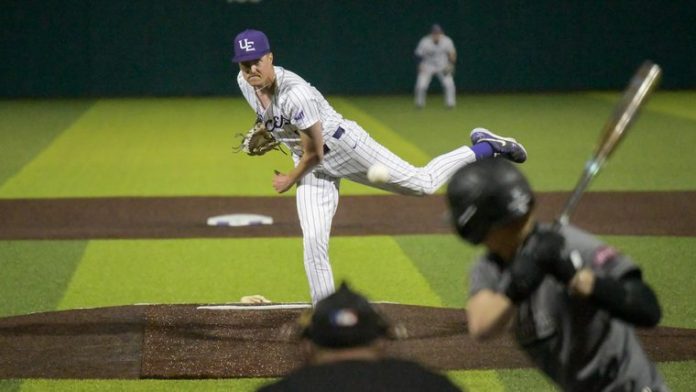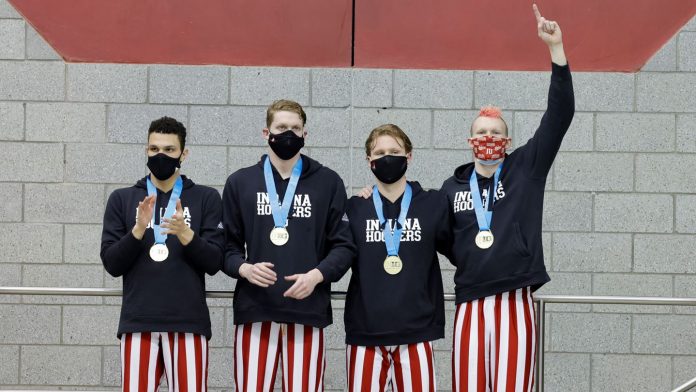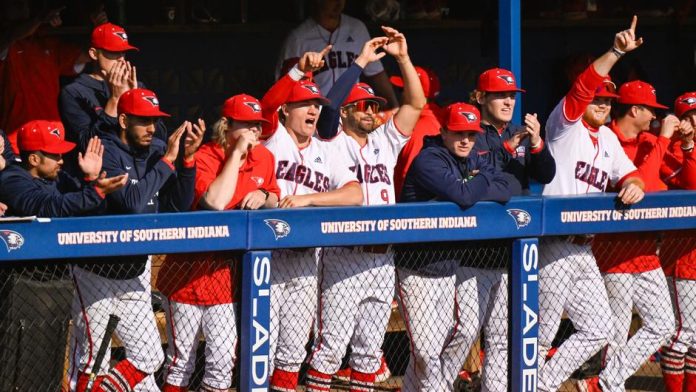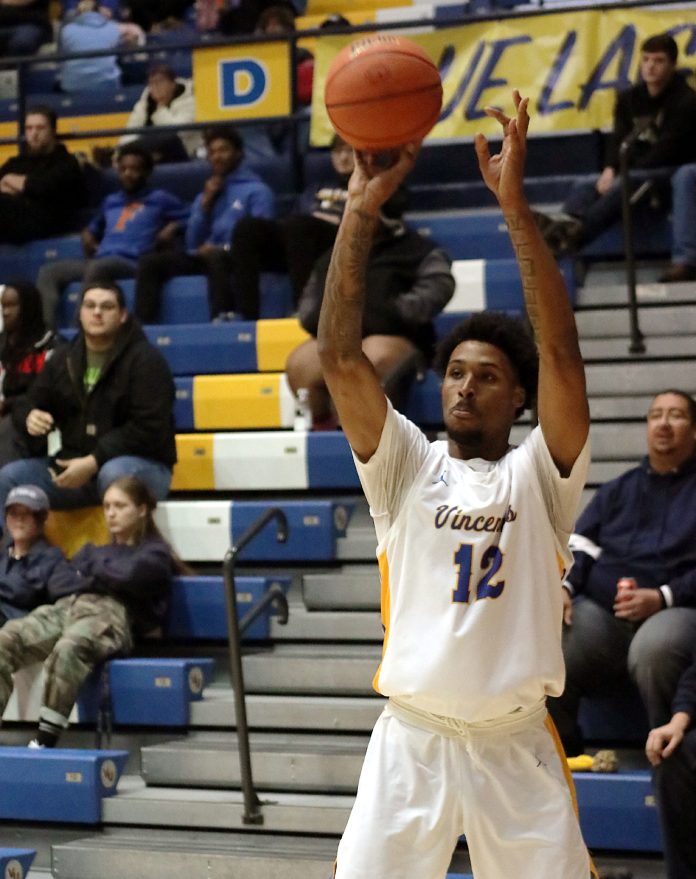Peplowski Makes 500 Free History as IU Sends Four to Thursday Scoring Session
MARCH 22, 2024
ATHENS, Ga. – Junior Anna Peplowski broke her third program record in the last 24 hours to highlight Indiana’s Thursday (March 21) morning at the 2024 NCAA Swimming and Diving Championships inside the Gabrielsen Natatorium on the campus of the University of Georgia.
After leading off IU’s program-record 800-yard freestyle relay (6:54.03) in 1:41.16 Wednesday night, Peplowski used her momentum to go 4:43.72 in the 500-yard freestyle preliminary. The junior broke Haley Lips’ 2016 mark of 4:34.86 was fourth at the NCAA meet and now owns individual school records in the 100, 200 and 500-yard freestyles.
Peplowski, who had not swum the 500 free at any championships prior to this season, trimmed nearly three seconds off her seed time of 4:37.72 that finished runner-up at the Big Ten Championships. She’ll be the No. 2 seed and will swim in lane five next to Florida star freshman Bella Sims (4:34.32) – the pair had the two best splits in the 800 freestyle relay.
Indiana swimmers essentially matched their Thursday morning at the 2023 national championships, sending one to the 500 free championship final along with three consolation finalists in other events. The Hoosiers also have the No. 6-seeded 200-yard freestyle relay to end the evening session.
Sophomore Kristina Paegle and fifth-year senior Ashley Turak will swim in the 50 free B final for a second-straight season, finishing 13th and 15th respectively in the morning.
Paegle set the program’s third-best time in 21.83, while Turak went 21.91 – her third-career time under 22 seconds. The pair are the two fastest women in school history, owning the program’s six best times and nine of the top-10 marks. Paegle went a record 21.76 at midseason, knocking down Turak’s 21.81 set in the NCAA final last season.
Senior Anne Fowler is an All-American on the 1-meter springboard for the third time in her career, earning second-team honors with her qualification into Thursday night’s consolation final. Fowler finished 10th in the prelim with a score of 281.80.
RESULTS (PRELIMS)
500 FREESTYLE
2. Anna Peplowski – 4:34.72 (Championship Final, Program Record, Career Best)
- Ching Hwee Gan – 4:40.28
- Elyse Heiser – 4:40.57 (Career Best)
- Mariah Denigan – 4:40.93
200 IM
45. Anna Freed – 1:58.13 (Career Best)
50 FREESTYLE
- Kristina Paegle – 21.83 (Consolation Final)
- Ashley Turak – 21.91 (Consolation Final)
1-METER DIVING
- Anne Fowler – 281.80 (Consolation Final)
- Ella Roselli – 262.30
- Skyler Liu – 259.70
- Lily Witte – 215.7
HOOSIER ALL-AMERICANS
Brearna Crawford (200 medley relay*)
Ching Hwee Gan (800 freestyle relay)
Anne Fowler (1-meter*)
Kacey McKenna (200 medley relay*)
Kristina Paegle (200 medley relay*, 800 freestyle relay, 50 freestyle*)
Anna Peplowski (800 freestyle relay, 500 freestyle)
Ella Ristic (800 freestyle relay)
Chiok Sze Yeo (200 medley relay*)
Ashley Turak (50 freestyle*
UP NEXT
With finalists set, Indiana will look to maximize its points from athletes qualified for the evening session, kicking off with the 1-meter diving consolation final at 5:15 p.m. ET. Teams will contest the 400-yard medley relay following Thursday night’s individual events.
@IndianaSwimDive
Be sure to keep up with all the latest news on the Indiana men’s and women’s swimming and diving teams on social media – Twitter, Facebook, and Instagram.


